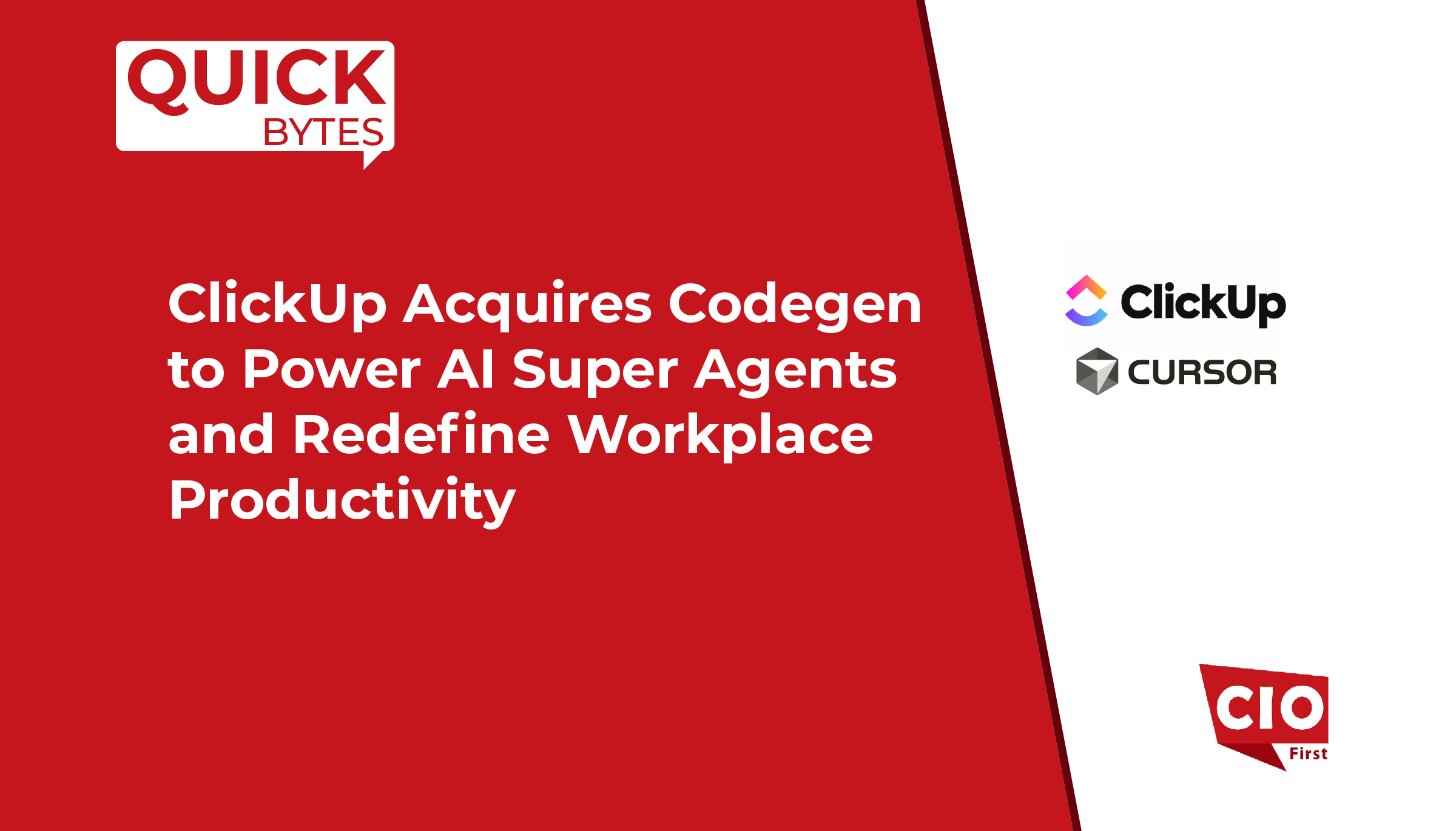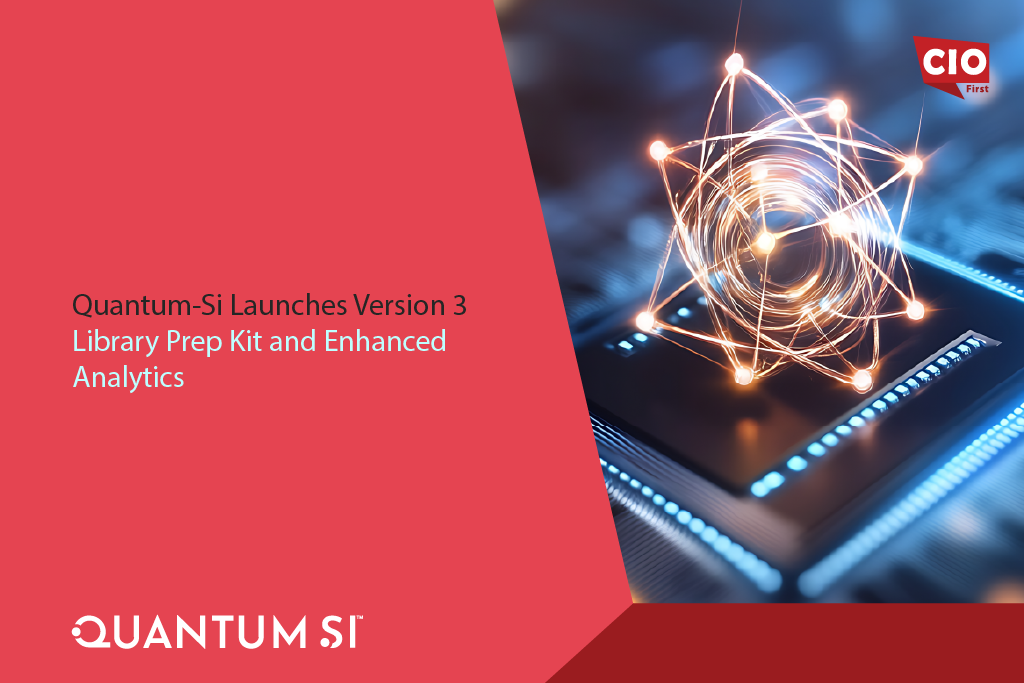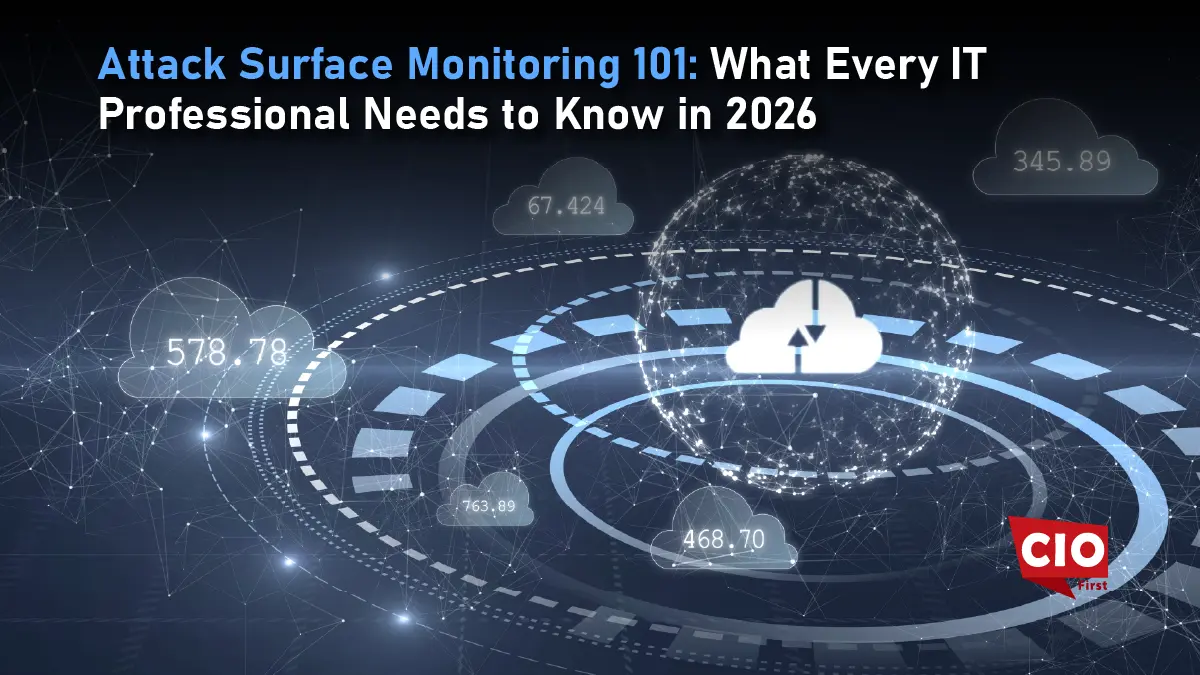Rhombus, a leader in cloud-managed physical security, has expanded its AI-based Operational Analytics suite with two key capabilities: Line Crossing and Occupancy Counting. These features transform traditional security footage into actionable intelligence, enabling businesses to optimize traffic flow, space usage, and staffing—all within their existing Rhombus camera systems.
This latest update marks another step in Rhombus’ mission to go beyond surveillance, leveraging artificial intelligence to offer deeper operational insights across physical locations. The new tools can be managed directly through the Rhombus console and seamlessly integrate with its range of cameras.
“Video systems have long been siloed for security use only,” said Brandon Salzberg, Chief Technology Officer at Rhombus. “But with the right AI and powerful analytics, those same systems can also power real-time operational intelligence that helps businesses grow. Line Crossing and Occupancy Counting are great new examples of how we’re unlocking broader value from existing security camera infrastructure.”
Line Crossing allows users to draw custom boundaries within a camera’s field of view and monitor directional movement—tracking when and how people or vehicles pass through defined zones. This offers clear insights into usage patterns, enabling data-backed decisions on layout improvements, staffing shifts, or operational scheduling.
Also Read: Praxis Tech Unveils AI Smart Routing to Maximize Payment Approval Rates
“We built Line Crossing to answer a simple question: how are people actually using your space?” said Rickey Cox, VP of Product at Rhombus. “We can surface directional insights that help organizations fine-tune everything from where to place employees to broader site design changes, without relying on guesswork.”
Occupancy Counting uses AI models to estimate the number of people in a designated area without the need for manual counting or check-in systems. This empowers teams to manage capacity, identify underused zones, and adjust resources in real time based on actual foot traffic.
These features cater to a wide array of real-world use cases. Retailers can gain insights into high-traffic zones to enhance product placement, manufacturers can better manage dock congestion by tracking vendor movements, and gyms can plan classes more effectively by monitoring space utilization.
With no extra hardware or complex setup required, both tools integrate effortlessly into Rhombus’ existing platform and are accessible through its cloud dashboard or via open APIs for custom reporting. This upgrade reinforces Rhombus’ commitment to smarter, AI-driven video analytics that not only improve security but also drive operational efficiency across industries.
























